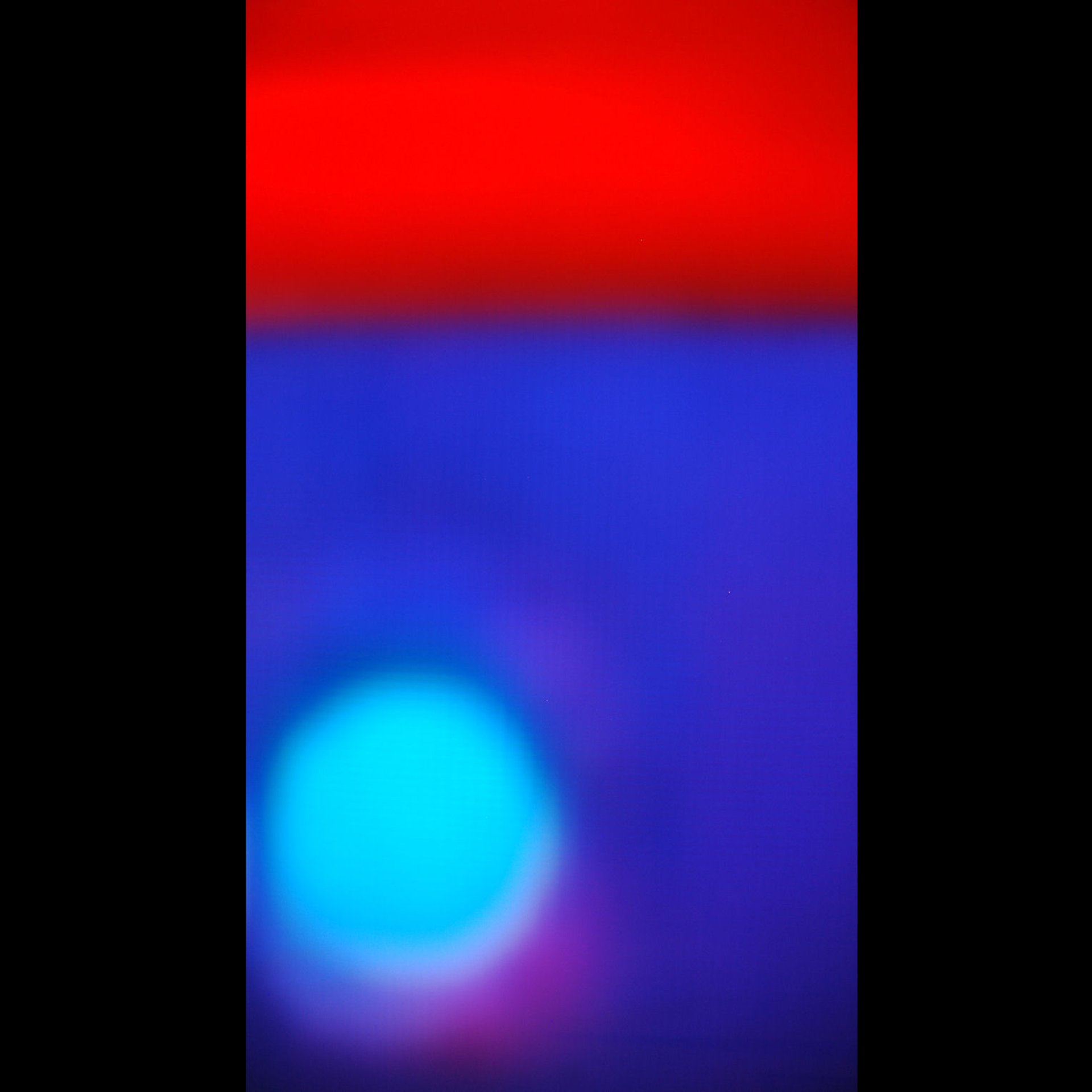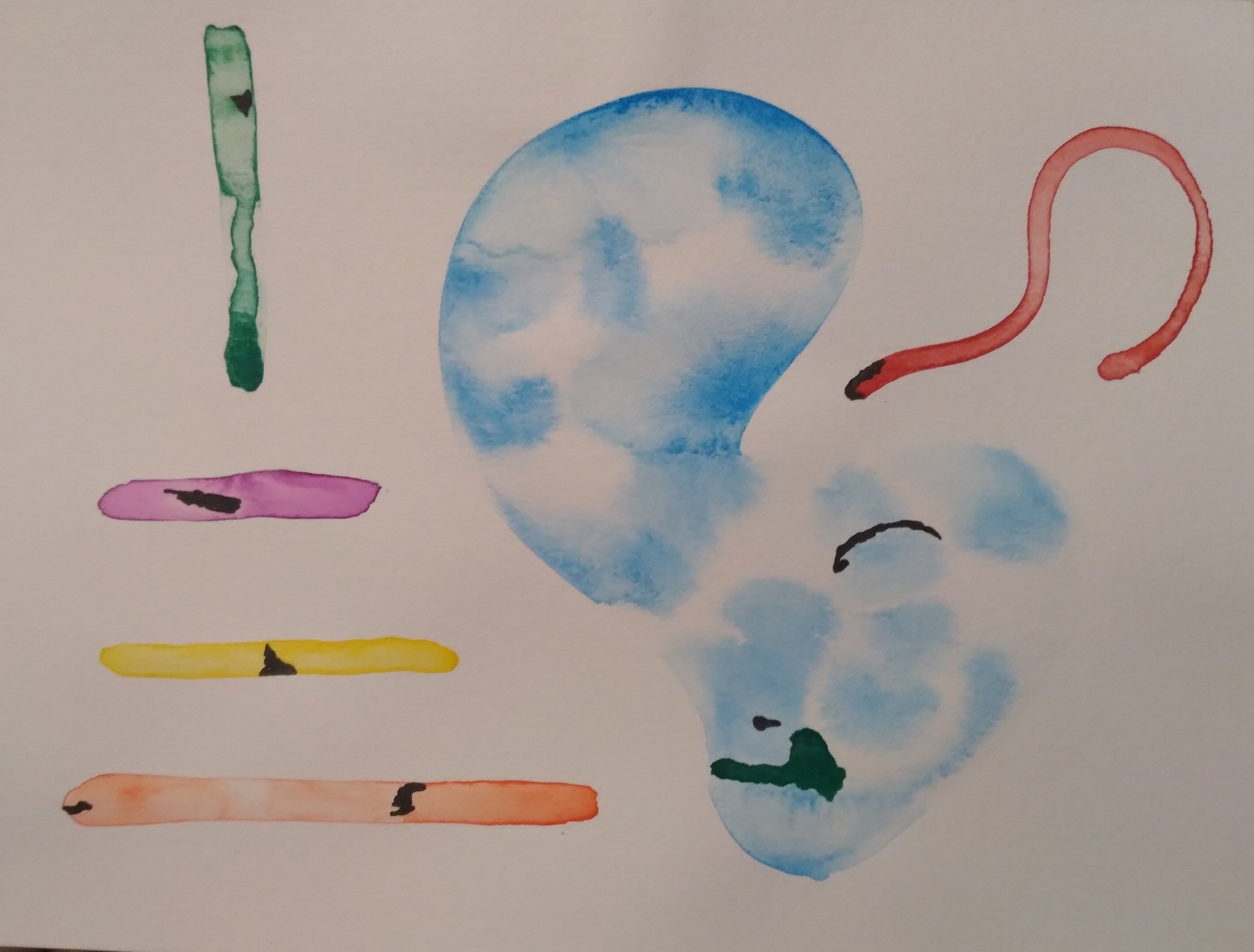Geometric Variation
Juried by Anthony Graham
Curatorial Statement
Focused on surface, material, form, the works gathered here draw our attention to the geometries that shape the world around us. These geometric priorities have enabled various strategies of representation—through a recreation of realistic perspective or a fragmented expression of movement and life. These works employ diverse strategies of abstraction to refine these geometries even further.
In many of these works, there is a conscious understanding that surface and texture shape the viewer’s relationship to the work of art. For some, the surface tends towards the absolute—in which formal and material tensions signal a spiritual harmony. For others, the attention towards viewing these works refers to more material ends. Through both strategies, how might the texture of a surface relay its place in the world? In these two different modes of working with surface, we might understand it as a way these artists have attempted to establish new ways of seeing. In one, surface is at once flat and spatially complex. In another, surface is active as a material itself. In this way, we might achieve modes of looking that are conscious of the conditions of our world and lived experience.
In a refusal of representation, these artists walk a tight rope towards a new form of visuality. Often, there is the presumption that such an interest in form might fall into the decorative, especially when considered in tandem with ideas of pattern. Theses formal explorations often pursue a repeatable set of codes and strategies. Against any sense of superficiality, these works suggest an exciting potential in the ways in which these categories might collapse.
Even as it might not be necessarily figurative, these geometric works still frequently find ways to depict the world—its terrains and its stars. This formal mode of communication to enables viewers to engage with the world in a new way. By pursuing their own distinct set of conventions and ways of engaging a viewer, these artists can construct new ways of communicating, identifying, or meaning. With the ability to refuse or withhold immediate recognizability, this emphasis on the geometry of a work holds a certain power. This perhaps might lead us to question what it means to be represented—and art’s role in mediating those conditions.
Forms of the Spirit
Featured Artists: Martin Benson, Chris May, and Lisa Natasha Sousa
Through abstraction, familiar shapes and forms are pushed into new arrangements. Through new organizations of space and color, these works often taken on symbolic meanings. These compositions resonate across both the spiritual and the scientific.
Optical Meditations
Featured Artists: Beth Fein, Robert Klewitz, Ilina Mustafina, and Jessica Rechner
Using repetition and patterning, these artists develop their own distinctive formal languages. These provide ways to reflect upon intimate and personal experiences as well as to reconsider the mundane as the spectacular.
Shaped Places
Featured Artists: Barbara Boissevain, Laura De Valencia, Noah Greene-Lowe, and Amber Imrie
This group of artists turn to the landscape to identify the geometries that structure it. The natural world is divided into demarcated plots and patterned structures enclose space from the elements.
Sight, Sound, Space
Featured Artists: Diane Bush, Susan Chorpenning, Alex Christen-Munoz, and Tom Scicluna
These artists transform and translate the sensorial information that surrounds us. Through these visualizations, these works trace out new rhythms and shapes of our world.
Molded Materials
Featured Artists: Sharon Brill, Shiho Takahashi, Josh Urso, and Madeline Mullinnix
In these sculptural works, solid forms are altered and reshaped. These often evoke a sense of reinvention not only of form but of the material qualities of each piece through the textures of their surface.
Layered Textures
Featured Artists: Marilyn Levin, Merry May, Ruth Simon McRae, Garry Noland, and Katie Schutte
With an inventive use of medium, these pieces concentrate on color and shape through surprising materials. Cardboard and fabric oscillate between dimensions, providing depth through the layering of different visual effects.

























































